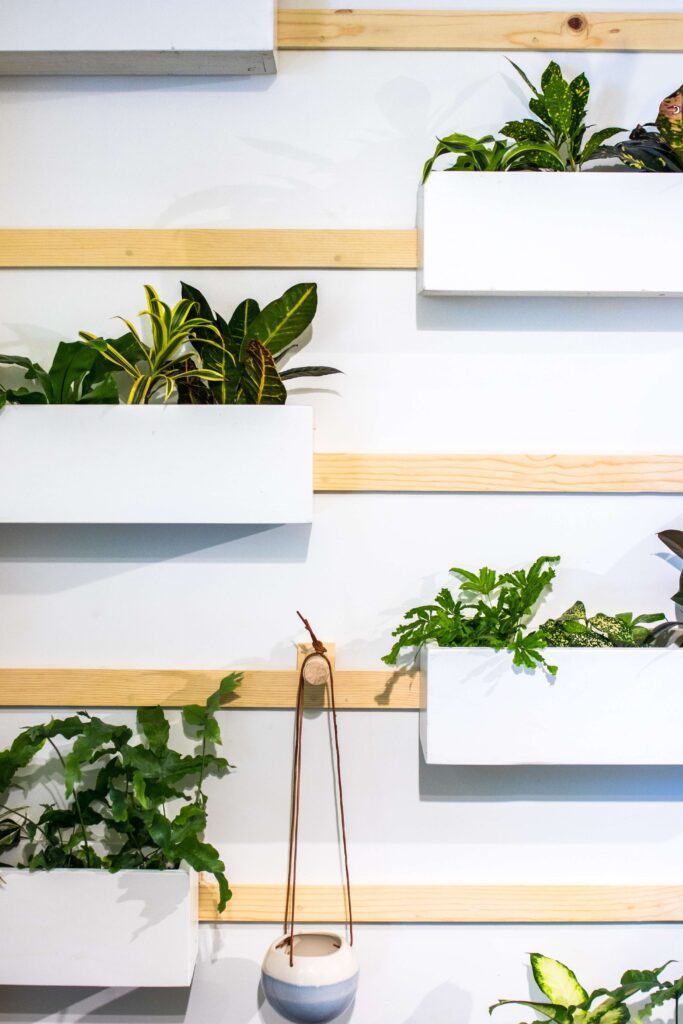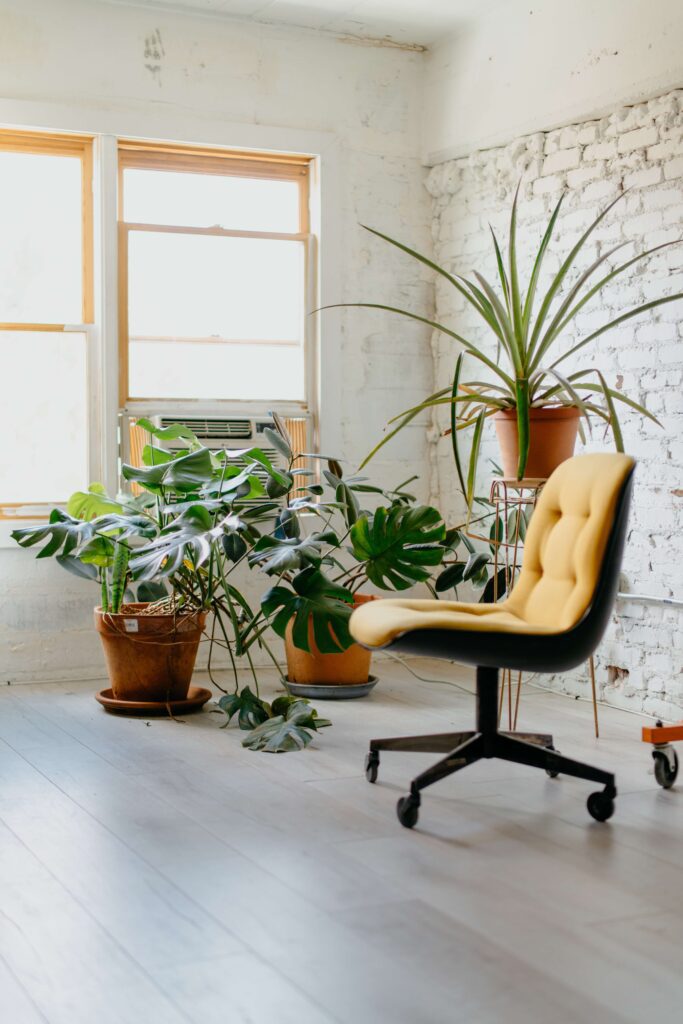
Whispers of Nature: Biophilic Design Into Your Home
There’s an inbuilt longing for the serenity and beauty of nature among the bustle of contemporary life when technology and urban landscapes rule our everyday lives. The idea of biophilic design, which incorporates natural elements into our houses without going overboard, is here. We delve into the diverse field of biophilic design on this voyage of rediscovery, providing enjoyable and imaginative ideas for converting your living areas into peaceful havens.
Contents
The Roots of Biophilic Design: A Brief Prelude
Let’s explore the history of biophilic design before diving into its creative weave. Edward O. Wilson’s phrase “biophilia,” which describes the natural human need to connect with nature, is the source of the concept of biophilic design. It’s a comprehensive strategy that integrates nature into the very fabric of our surroundings rather than just putting in a few potted plants here and there.
Biophilic Elements in Unlikely Places
Look up to bid farewell to the commonplace and hello to the remarkable! Above your head, green ceilings that are embellished with hanging vines or cascading plants create a living artwork. This unanticipated addition not only injects some originality but also brings the peace of nature into your everyday routine.
Often disregarded in design, walls serve as canvases for artwork influenced by nature. Imagine abstract depictions of natural scenery, plant paintings, or even moss walls that serve as both a visual treat and a natural air filter. The walls no longer function as boundaries; instead, they open doorways to a space where the interior and exterior merge.

Furniture with a Twist of Nature’s Charm
If you can have furniture that adds personality to your living area, why settle for boring? The design of rooted furniture truly draws inspiration from nature. Imagine seats with legs that look like tree branches, or a coffee table with a tiny built-in planter. These accessories add a whimsical touch to your house while also serving as conversation starters and useful objects.
Unleashing the Elemental Forces in Your Kitchen
Often regarded as the center of the house, the kitchen serves as a blank canvas for biophilic marvels. Introduce water features to infuse the relaxing presence of running water, such as a tabletop waterfall or a tiny indoor fountain. A soft trickling sound of water can turn your kitchen sanctuary into a peaceful haven.
Continue the idea by designing your kitchen with elemental aesthetics. Natural stone worktops, earthy hues, and even well-placed crystals give an elemental touch that unites your culinary explorations with the restraining power of the natural world.
Greening the Tech Spaces
Striking a balance between the virtual and the real is essential in a society where technology rules. Incorporate electronic items with a natural theme to turn your tech areas into eco-friendly retreats. Consider wooden laptop stands that resemble tree branches, mouse pads fashioned like succulents, or even keyboard coverings with flowery patterns.
Furthermore, think about setting up a tech-nature area. A comfortable chair and potted plants provide a warm and inviting space that is ideal for reading aloud or going on a digital detox. The lighting is soothing and natural.

Windows as Portals to Nature’s Embrace
In the biophilic narrative, windows—which are frequently thought of as gates to the outer world—take the major stage. Consider window treatments with a hint of nature as an alternative to conventional curtains and blinds. Hanging plants decorate bamboo blinds, which filter sunlight and produce a dramatic dance of light and shadows.
Installing a window seat with a plush cushion can promote quiet times for reflection and interaction with the outside world. Your windows evolve into interactive features that let the outside in, going beyond simple apertures.
Botanical Fragrances and Green Scent Stations
Biophilic design embraces the sense of smell in addition to the sense of sight. Discover natural odors inspired by nature in essential oil diffusers with botanical perfumes. Use little potted herbs like lavender, mint, or rosemary to create green aroma stations. The soft changes in scent as you go through your house evoke a walk through a fragrant forest or a meadow in bloom.
Epilogue: Crafting Your Biophilic Symphony
You are the conductor in the biophilic design symphony, arranging the parts to make a peaceful living environment. Reconnecting with the essence of nature within your house is the goal of biophilic design, so keep that in mind as you set out on this creative adventure. Thus, let your creativity run wild, welcome the unexpected, and follow the subtle cues of nature to create stylish and tranquil havens in your homes.

























